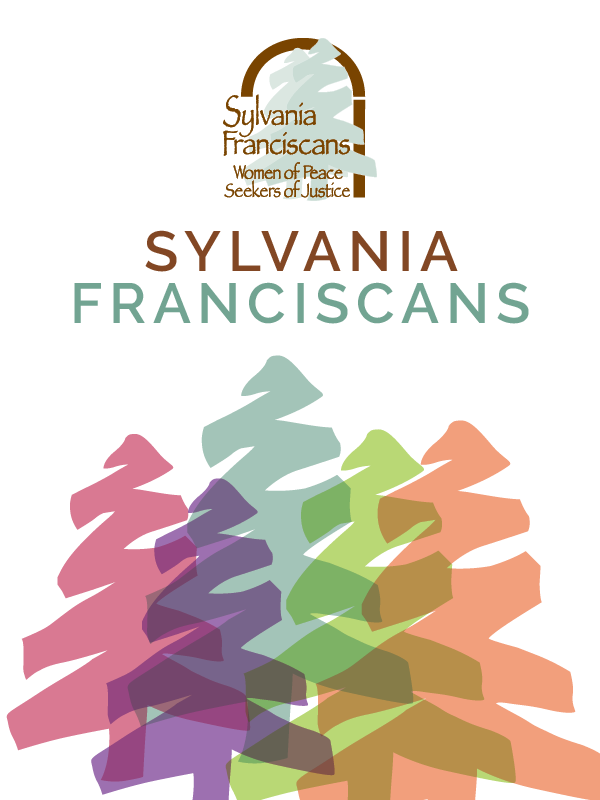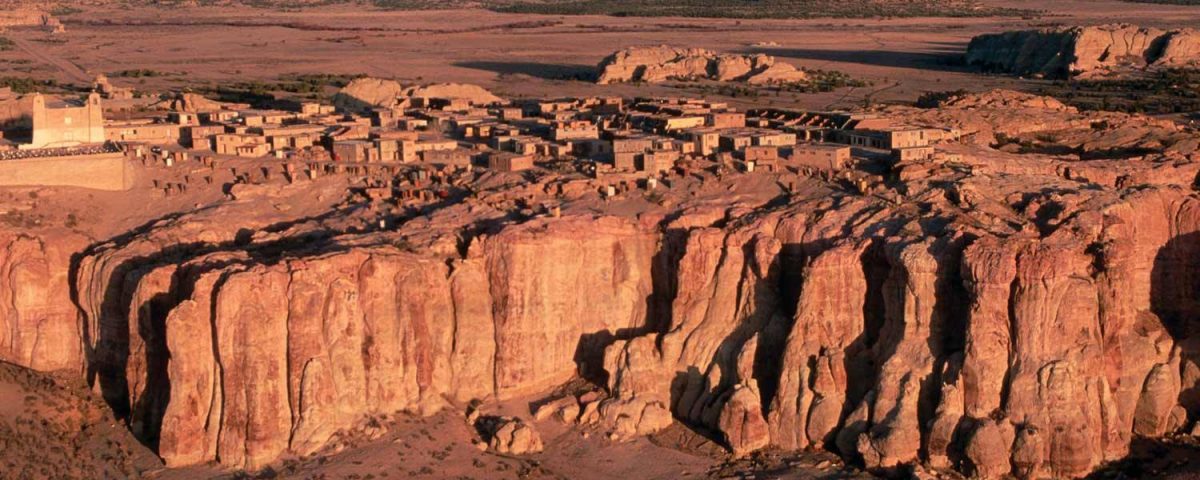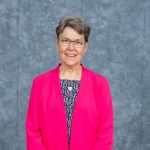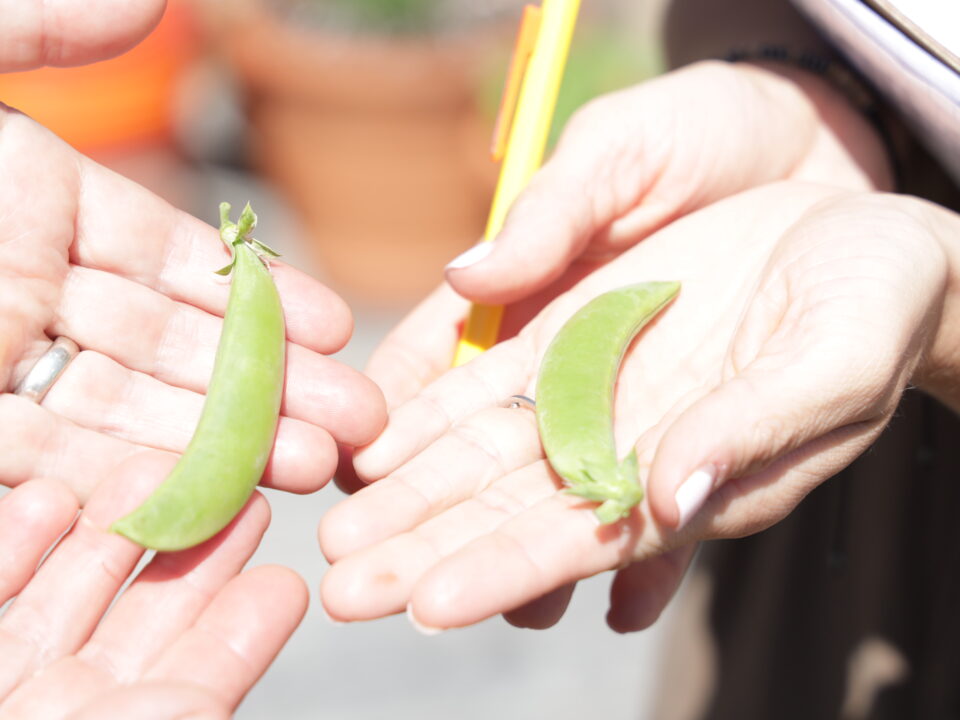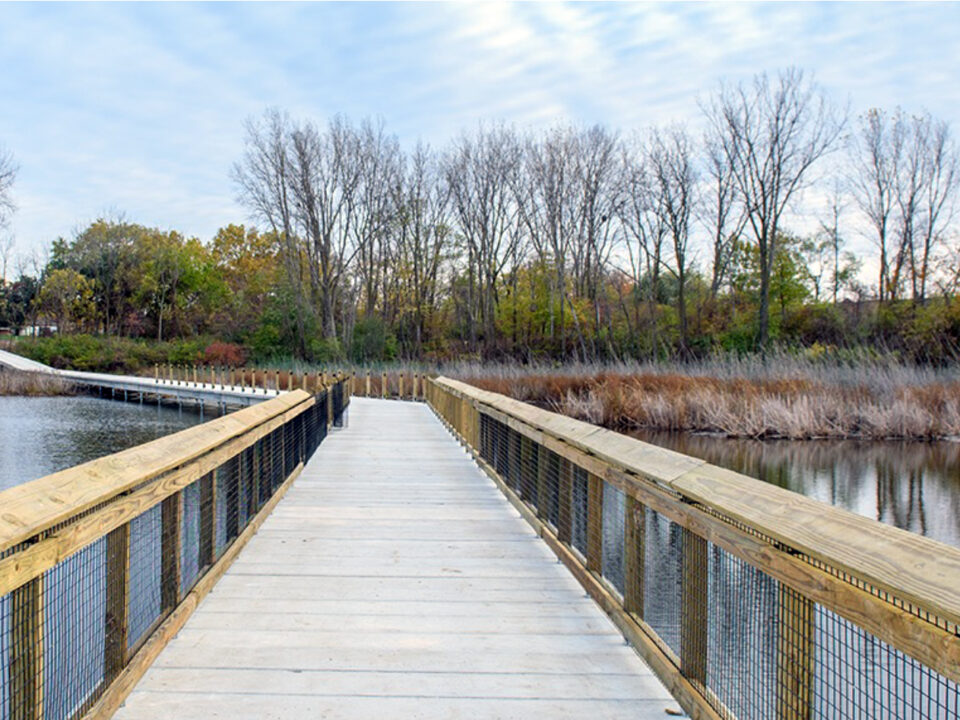
We Shall Be Alright Someday
May 13, 2016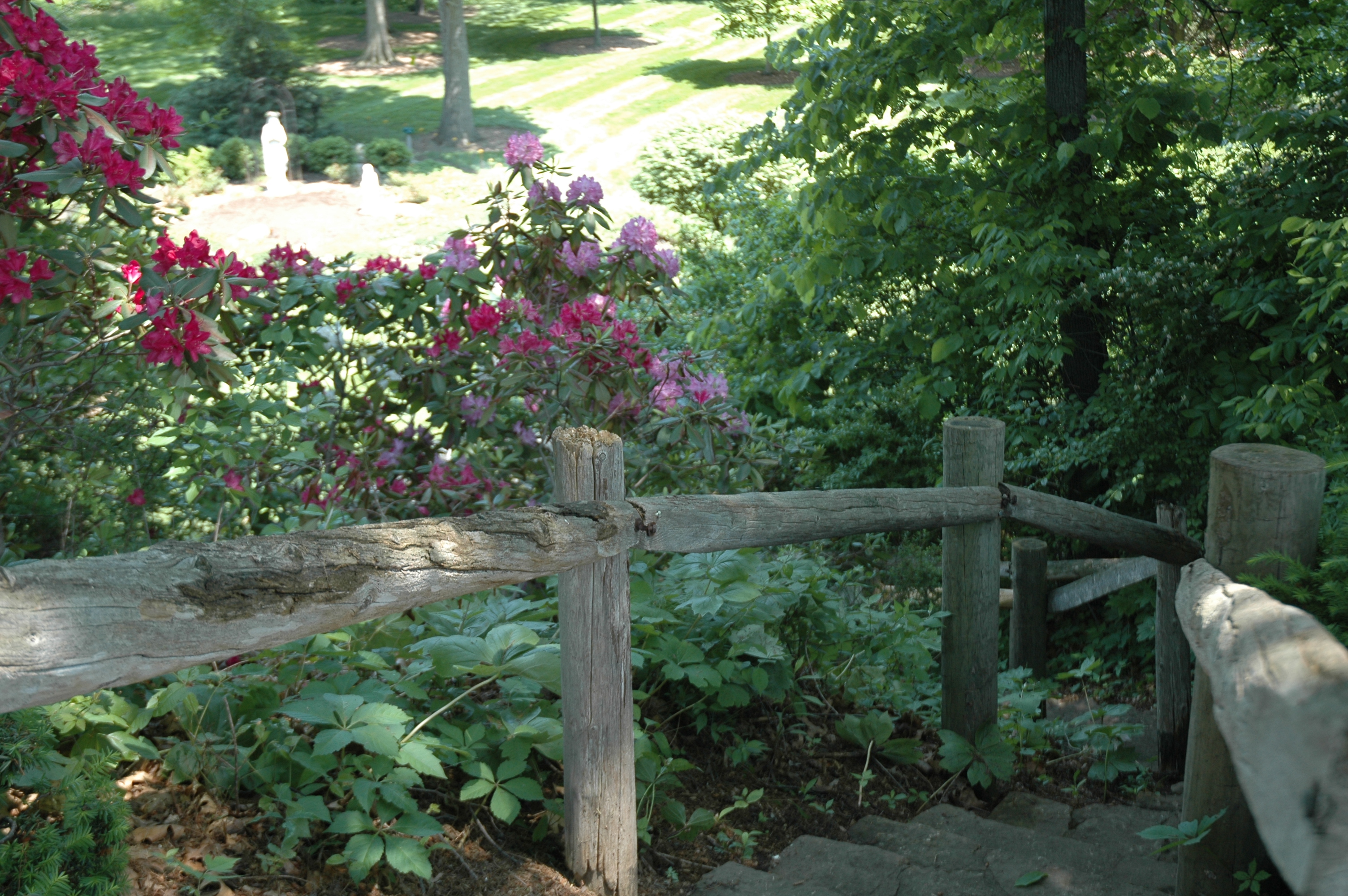
2016 Mini Pilgrimages
May 24, 2016By Sister Nancy Surma, OSF
I recently ate an authentic Native American meal and attended Mass in the oldest continuously inhabited town in the United States; the Acoma Pueblo located some 40 miles west of Albuquerque. Sometimes called “Sky City,” the Pueblo is on a sandstone butte that rises nearly 400 feet above the surrounding plain. It has been inhabited since at least the 12th century. The visit included Mass in the Spanish mission church of San Estevan de Rey which was built in the early 1600s.
This experience came about because the mission integration leaders from the various regions of Catholic Health Initiative were having a conference in Albuquerque, hosted by CHI St. Joseph’s Children. This organization provides education and support services to first-time parents in areas of New Mexico where infant mortality is high and reading scores are low.
A recently added location is at the foot of the butte, where many members of the Acoma tribe live. Several members of the tribe were hired by the program as early childhood educators. When they heard that representatives from CHI were visiting the area, they welcomed our group to come to the pueblo and have more access than an ordinary visitor would ever see.
There still is no running water or electricity at the top of the butte. Water is collected in cisterns as in the old days, but bottled water supplements the supply. Propane gas provides fuel for stoves and heaters, but bread is still baked in adobe ovens heated by wood fires. The stone steps cut in the side of the cliff that for centuries was the sole route to the top are visible, but cars and vans wind up to the top on the steep road built when John Wayne came to film a cowboy movie at the pueblo.
The chapel with its seven-foot thick walls no longer has a regular priest to celebrate Mass, but one family has the honor of keeping the mud floor re-packed regularly and the walls painted when needed. Our Mass was a special event, since Christmas and Easter are now the only days that the Liturgy is celebrated there.
The residents we saw wore clothes that would bring no attention if they walked down the streets of any city. However from Dec. 24 -27, members of the tribe return from wherever they have scattered to dress in ceremonial clothes and participate in native dances that span the ages.
This once-in-a-lifetime visit opened the door into the lives of an ancient people who have made decisions about what to retain from their heritage and what to allow to change. I wondered what wisdom was accessed to decide what was peripheral and what was essential to their identity.
How does a culture rooted in a time so far in the past retain the core beliefs that will allow the continuation into the future? I felt a certain kinship, having come to the convent in the days when the Sisters of St. Francis still wore long habits and led highly regulated lives. Having been through the transition that looked at what we would retain, because it expressed our founding values, and what could be modified, because it no longer served a purpose, made me connect in a special way with this tribe.

